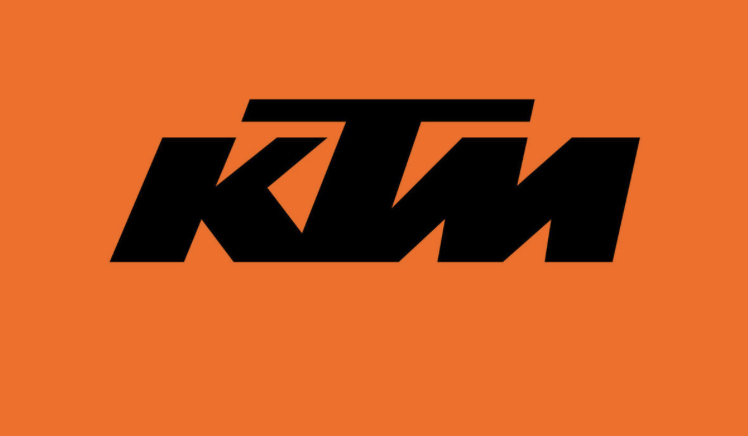Text: Ole-Andreas Isdahl
Photo: KTM
Source: Forbes and ADV pulse
The stakes are very, very high, but KTM itself says – we are here to stay
It’s no wonder that KTM is on the radar these days, there’s no doubt that the situation is very serious for one of the world’s biggest motorcycle brands, which has lost its way on the road towards its really ambitious goals. But many are now asking how serious this really is and will KTM go under or disappear as a brand, and what consequences will this have for the Norwegian market and everyone who rides KTM? Well, right now there are many uncertainties, but personally I don’t think that’s going to happen. Right now, it’s not easy to deliver an exact analysis and conclusion in this case, but there is little doubt that the challenges are great and that KTM must deliver a realistic and tough restoration plan to get bankruptcy protection. Bankruptcy protection is normally sought to gain peace of mind to restructure and refinance operations and safeguard the value of the company. In reality, restructuring means change and tough prioritization, and it is likely that it will affect the following factors, among others:
- The need to adjust the current growth strategy
- Cost cuts
- A possible reduction in the number of employees at KTM
- Adjustments to marketing plans and model portfolio
- Ownership in other companies
- The level of service
- Relationships with key partners or subcontractors

On its own website, KTM says that “we are here to stay” and this is another statement that indicates that the ownership group has a strong will to fight and will actually fight tooth and nail to survive this challenge. KTM has tried to reach an agreement with the other major owner group, Bajaj Auto, without success, and it is also reported that Perier Mobility AG has tried to raise capital from Red Bull, which has annual sales of around USD 20 billion, but has apparently not succeeded either, according to Forbes. Where the ownership groups stand in relation to each other will probably be of great importance to the outcome and we can only hope that the largest now have an agreed strategy, as anything else could be associated with high risk right now. The company must have found a solution by the end of February to gain control of the situation, which means a financial restructuring of the company and a financing solution.
The ambitious growth strategy has probably cost a lot
In an article from Forbes dated December 10, where reference is also made to ADV Pulse, it is pointed out that the ambitious growth with the acquisitions of MV Agusta, Husqvarna, GasGas and Husaberg, among others, has come at a high price and contributed to the company, according to Forbes, accumulating a debt of a staggering EUR 1.4 billion, with further maturities on loan obligations corresponding to EUR 136 million in 2025. In the same article, reference is made to the warranty issues associated with the production of the LC8c engine at partner CF Moto in China, which have been problematic. In total, KTM simply has a “tall order” to deal with. According to Forbes and ADV pulse, KTM AG has so far laid off 600 employees, but the company may have to take a much harder line if its restructuring plan is to be approved.
What do the retailers themselves say?
På2hjul.no has made a round of phone calls to the dealers here at home and they say that they are getting good information from KTM. The message from KTM is that this is a learning experience and that they will come back stronger than they were before this situation arose. The dealers we have spoken to are not particularly worried even though the situation is a little unclear right now. The fact that a large number of unsold bikes have piled up seems clear and KTM has reportedly informed us that production of some of the new and larger models may be postponed in the short term. But there are no signs of faith among the dealers we have spoken to.
Can we be optimistic?
I personally believe that there is far too much at stake for the owners of KTM AG to be willing to let this get out of hand; after all, we are talking about one of the world’s biggest brands in the motorcycle industry. Personally, I am therefore convinced that KTM will not fall over as many seem to believe. However, it’s not unlikely that there will be dramatic changes that will affect the market. KTM will have to restructure its business in order to regain control and this will have consequences. But as I said, KTM is too big and important in the market to just disappear. The market share of around 10% is far too large and the company has too high a value, and it will probably be possible to manage the enormous debt and finance a restructured case with the right players. We don’t yet know who will draw the longest straw, but the possibility of ownership changing hands cannot be ruled out. If there is now a struggle between the largest ownership groups, this could actually happen. If the current ownership group manages to restructure and refinance, KTM will probably continue the show with an adjusted strategy, but if there is a struggle over ownership, priorities and resources, it will probably sound different. In this scenario, we can expect a future KTM brand and portfolio to look significantly different. But it remains to be seen how this develops. The pieces will probably fall into place during January and February and we can certainly expect KTM to keep the market informed on an ongoing basis.
